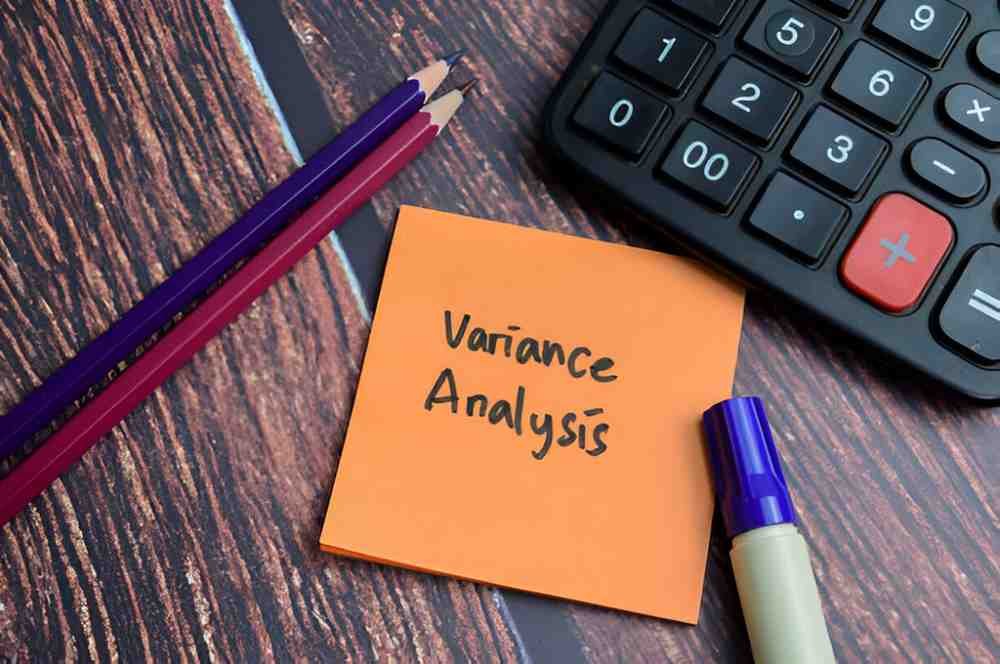Introduction
Variance analysis plays a crucial role in financial management. It helps businesses understand deviations between planned and actual financial outcomes. By systematically analyzing these differences, companies can improve financial planning, cost control, and decision-making. I will explain how to conduct variance analysis, interpret results, and apply insights to enhance business performance.
Table of Contents
Understanding Variance Analysis
Variance analysis involves comparing actual financial results to budgeted or standard figures. A variance is the difference between these values, categorized as favorable or unfavorable.
A favorable variance occurs when actual revenue exceeds the budget or actual costs are lower than expected. An unfavorable variance arises when revenue falls short or costs exceed projections. Mathematically, variance is calculated as:
Variance = Actual\ Value - Budgeted\ ValueFor example, if a company budgets $50,000 for materials but spends $55,000, the variance is:
Variance = 55,000 - 50,000 = 5,000 (Unfavorable)
Types of Variances
1. Sales Variance
Sales variance measures differences between actual and expected sales revenue. It has two main components:
Sales Price Variance:
SPV = (Actual\ Price - Budgeted\ Price) imes Actual\ QuantitySales Volume Variance:
SVV = (Actual\ Quantity - Budgeted\ Quantity) imes Budgeted\ Price2. Cost Variance
Cost variances focus on deviations in production expenses, broken into material, labor, and overhead variances.
Material Cost Variance (MCV):
MCV = (Actual\ Quantity imes Actual\ Price) - (Standard\ Quantity imes Standard\ Price)Labor Cost Variance (LCV):
LCV = (Actual\ Hours imes Actual\ Rate) - (Standard\ Hours imes Standard\ Rate)Overhead Variance:
Overhead\ Variance = Actual\ Overhead - Applied\ OverheadExample Calculation
Consider a manufacturing company with the following data:
| Cost Component | Budgeted | Actual |
|---|---|---|
| Direct Materials (lbs) | 1,000 | 1,200 |
| Material Cost per lb ($) | 5 | 5.50 |
| Direct Labor Hours | 500 | 600 |
| Labor Rate per Hour ($) | 20 | 22 |
Material Cost Variance Calculation
MCV = (1,200 imes 5.50) - (1,000 imes 5)= 6,600 - 5,000 = 1,600 (Unfavorable)
Labor Cost Variance Calculation
LCV = (600 imes 22) - (500 imes 20)= 13,200 - 10,000 = 3,200 (Unfavorable)
Interpreting Variances
Interpreting variance requires analyzing root causes. For example, an unfavorable material variance may indicate supplier price increases, waste, or inefficiencies. A labor variance could stem from overtime, new employee training, or lower productivity.
Addressing Variances
To manage variances effectively:
- Investigate root causes through cost tracking and financial analysis.
- Adjust procurement strategies to negotiate better supplier terms.
- Optimize workforce planning to align labor costs with productivity.
- Improve forecasting techniques to set realistic budgets.
Conclusion
Variance analysis is an essential tool in financial management. By identifying cost deviations and their causes, businesses can implement corrective actions to enhance profitability. A structured approach to analyzing variances helps companies maintain financial discipline and operational efficiency.





